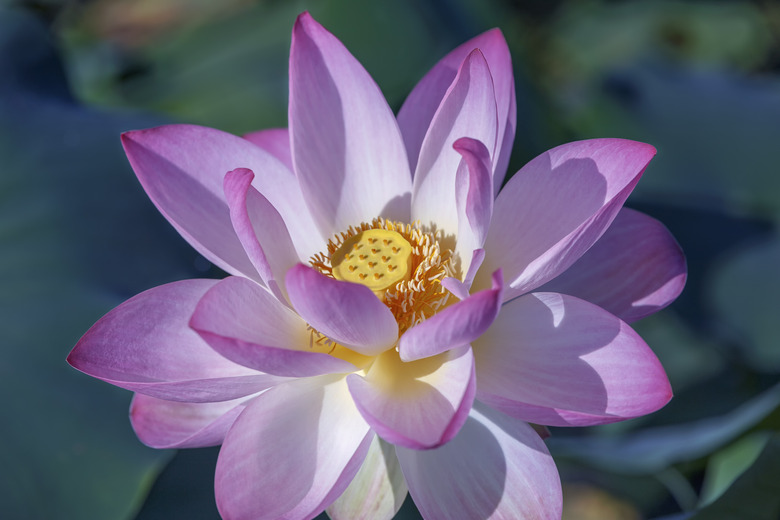How To Grow A Lotus Plant Inside A Home
We may receive a commission on purchases made from links.
Lotus plants (Nelumbo nucifera) are beautiful flowering plants native to parts of Asia and northern Australia that you'll usually see growing in ponds. They open when the sun rises and close when the sun sets, making them a lovely witness to the rhythms of daily life.
Lotus plants come in different varieties, with some preferring tropical climates and others being fine in temperate ones. Some grow very tall, while others are small and are suitable for growing indoors in pots. If you don't have a pond but still want to appreciate these ancient, sacred flowers at home, follow these steps.
Things Needed
-
Lotus seeds or a lotus tuber from a nursery
-
Glasses of water (if using seeds)
-
Large, deep pot without holes
-
Hammer (if using seeds)
How to Grow a Lotus Plant at Home
1. Choose a Sunny Place
Lotus plants need at least six hours of sunlight per day, so choose a spot where your new plant can get this much sun.
2. Prepare the Seeds or Tuber
Seeds are convenient because you can buy them online or from a garden store and keep them until you're ready to plant them.
Lotus seeds are covered in a thick casing, which you should break before planting them. Using a hammer, crack open the casing without damaging the seed inside. Do this with a few seeds so you increase the chances of the seeds germinating. Fill two glasses with water and place four to five seed pods in each glass.
Place the glasses in a bright location but away from direct sunlight for about three days. Change the water daily until the seeds sprout. Discard any seeds that remain floating and don't sprout, as these are infertile. After about eight days, the seeds will have grown small leaves. The seedlings are now ready to be transplanted into their own individual pots.
An alternative to growing a lotus plant from seeds is to grow it from tubers. These should be planted as soon as you get them home. Tubers are a thick root complex with thin growth tips sprouting from the main tuber. Be very careful with the growth tips, as this is what the leaves and flowers grow from, and they can be easily damaged.
3. Add the Seedling, Soil, and Water to the Pot
Fill a pot about a third full of a clay-rich soil and place the lotus tuber or seedlings carefully in the middle with the growth tips pointing up. Don't use regular potting soil; it is too light and will float to the surface of the water and may cause the roots to rot. After adding the soil, add about 1 inch of sand or pea gravel. Cover the soil with water (regular tap water is fine). The lotus is a water plant, so the roots should be submerged but don't cover the growing leaves in water. Make sure to keep the water level high in the pot, as the soil should always be submerged in water.
Tip
Don't plant a lotus in a pot with holes because the water and wet soil may escape. Also, lotus roots are strong and are capable of pushing through the holes.
4. Feed the Lotus With Fertilizer
To keep the lotus plant healthy, fertilize it once a year in summer with special lotus fertilizer. Follow the instructions on the packet regarding quantity.
Tip
Don't expect lotus flowers during the first year of your plant's life. In the first year, the plant is busy establishing tubers. The flowers should come in the second year.
